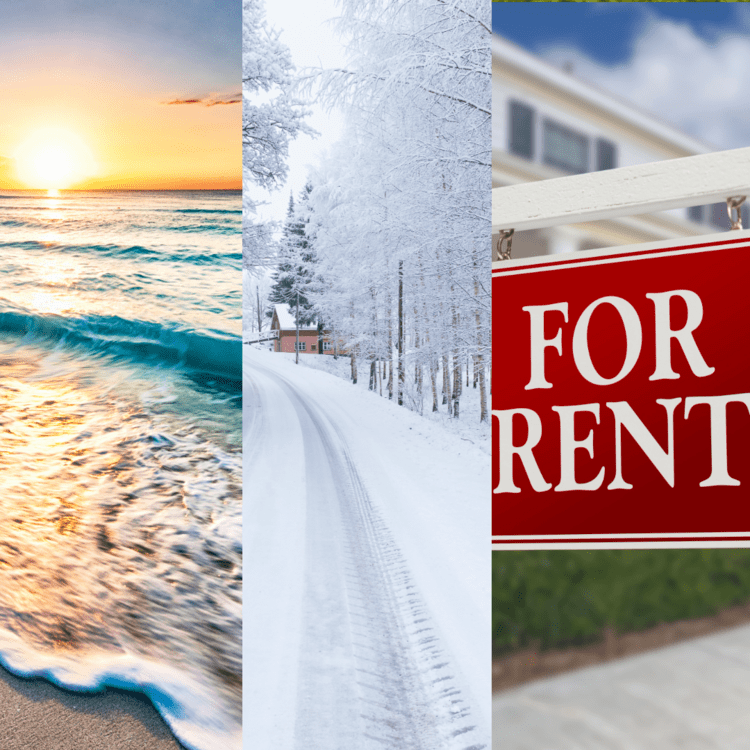
As you know, Florida remains a hot real estate market for homeowners in colder climates seeking seasonal respite from the chilly elements. Spending the summers in their cooler states while enjoying typically harsh winter months in the mild temperatures of Florida makes logical sense when you're an empty nester or retired.
In addition to being a desirable location to spend the winters, the current real estate market is also favorable for investors looking to purchase another property and rent it out for additional income potential.
While the Sunshine State is an obvious attractor for both types of buyers with its fair climate, lack of state sales tax and affordable home prices, insurance tied to seasonal homes and rentals differs from that of a primary home - and it's important to protect your investment appropriately, especially in a state prone to storm activity, flooding and hurricanes.
First, in terms of those seeking a seasonal second home in Florida, there are several types of insurance you may want to consider. First and foremost, you will need a homeowners insurance policy on the residence, even though it isn't your primary location. So regular homeowners insurance (or condo insurance) on the home itself is required, especially if the home is financed. Second, if your seasonal home will be unoccupied for several weeks a year or more, you may want to consider "Unoccupied Home Insurance," which provides coverage even when the home is vacant. Flood insurance is also recommended in Florida, regardless of your seasonal home's flood zone, as the entire state is prone to flooding and regular homeowner's insurance doesn't cover most rising water events (see a blog we just posted about this HERE).
Second, if we are talking about an investment property that you are renting to others, you will need a Dwelling Property Policy (referred to as a DP3), which provides coverage for the structure of the property only. A Liability Coverage Add-on should also be included, which would cover events like a tenant or guest getting hurt and suing the property owner for damages as a result. The good news is that DP3 policies can be less costly than primary homeowner properties, primarily because they do not cover contents. It is typically the renter's responsibility to cover those.
The landlord policy (DP3) should also include "Rental Reimbursement Coverage", which would reimburse you for loss of rental income that may result from a covered event through your primary insurance policy. So for example, if there is a fire in the home and your tenants have to vacate for some period of time, this policy would reimburse you for the lost rental income during these months.
Investing in real estate is a great way to diversify your financial portfolio, but always be sure to properly insure those investments to protect yourself!
If you have any questions about insuring a secondary, seasonal or rental property, please don't hesitate to reach out to us anytime!
